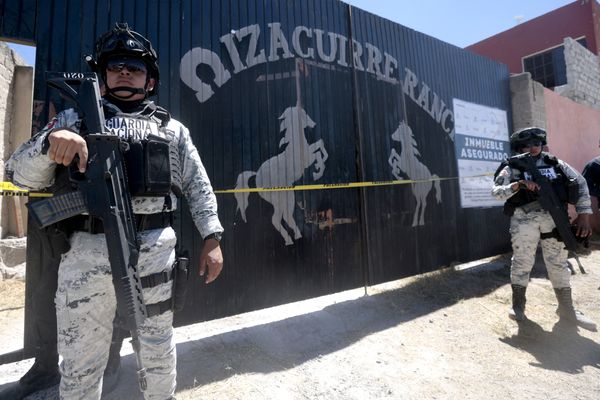
Following weaker than expected quarterly performance, Scandinavian Airlines (SAS) has announced a plan to overhaul its operations to ensure a sustainable economic future.
Named SAS Forward, the plan will involve a reduction in annual costs of 7.5 billion Swedish kronor ($800 million), an overhaul of the fleet, a digital transformation and raising new capital.
As with all airlines, SAS has been hit hard by the drop in demand caused by the coronavirus pandemic. The last two years have been the most challenging ever for the aviation industry, but SAS continues to struggle despite demand starting to return in its home markets of Denmark, Norway and Sweden.
The winter has been especially brutal. Scandinavian analysts had expected a loss of between $200 million and $215 million in the first financial quarter of 2022. However, SAS posted a pre-tax loss of $276 million on operating revenues of $585 million.
The plan is not optional
In its quarterly report, the airline stated the plan must succeed, as people's travel patterns have changed: "SAS now needs a fresh start more than ever."
The report also noted changing market conditions. In Norway, SAS has faced fierce competition from a resurgent, leaner Norwegian Air and a new low-cost competitor Flyr that started operations during the pandemic and is expanding quickly.
Aggressive cost cutting is required
The headline step in the survival plan is reducing annual costs by $800 million. SAS said it needs to address its "uncompetitive" cost structure that prevents the airline reaching its potential.
Ever since taking over last year, SAS CEO Anko van der Werff has made no secret of the need to transform the airline's cost structure. He said the success of the plan including raising new capital is dependent on achieving the necessary cost reductions.
This will involve "full participation" from all SAS stakeholders and involve changes to the fleet and collective agreements, according to the CEO.
The airline has already begun restructuring on some of its shorter European routes. Two new operating models—SAS Link and SAS Connect—have been established to provide flexibility in the operating platform at Copenhagen. "Each platform is responsible for delivering full-scale airline services to SAS," said van der Werff.
More changes throughout SAS
Other changes planned include a digital transformation, a focus on sustainability and strengthening the balance sheet. The latter will be achieved by deleveraging and raising new capital, although details are scarce.
Strengthening the airline's liquidity "will allow SAS to further invest in its network, people and continued investments in fuel-efficient aircraft," said the report.
The shift to a different kind of fleet is already underway thanks to the Airbus A321LR aircraft, potentially the perfect aircraft for SAS.
With just 157 seats, the long-range, narrowbody aircraft will allow SAS to run less frequent routes to more destinations in North America and Asia, removing the challenge of filling bigger planes on more competitive routes.







